The Sense4Fire project is part of the ESA Carbon Science Cluster. The project has been originally funded for two years (August 2021 – July 2023) and has been prolonged until January 2025.
The aim of Sense4Fire is to increase the scientific understanding of fire dynamics and their role in the carbon cycle by integrating observations from the Sentinels into new Earth observation products.
We understand fire dynamics as all processes that contribute to pre-fire conditions of the land surface (i.e. fuel loads and fuel moisture), fire behaviour (fire ignitions, spread, speed, size, burned area, thermal emissions and radiative power), combustion and production of fire emissions (combustion completeness, biomass burning, composition of emissions) and the effect of fire emissions on atmospheric composition (injection height, smoke plumes, atmospheric gas composition, aerosols).
The aim will be assessed in various test sites and in the three proposed regions of interest, namely Brazil, southern Africa, and Russia/Siberia. The aim will be addressed within the duration of this activity by two specific objectives.
Objective 1: Sense4Fire will develop and generate novel products to quantify the spatial-temporal variability in fuel conditions, fire behaviour and fire emission estimates.
-
Fuel Conditions
Fuel Conditions - Vegetation fuel loads, fuel moisture and combustion completeness will be estimated using a novel fuel data integration framework that combines;
(1) Surface reflectance and vegetation information from Sentinel-3, Sentinel-2 and Proba-V;
(2) Land cover and aboveground biomass from ESA’s Climate Change Initiative and from the Copernicus Land Service;
(3) Vegetation optical depth from SMOS and a novel harmonised dataset; and soil moisture from Sentinel-1 and Metop/ASCAT
-
Fire behaviour
Fire behaviour and burned area will be quantified using a novel near-real time mapping of individual fires based on thermal anomalies and the diurnal fire cycle from Sentinel-3 and of burned area estimates from Sentinel-2.
We will combine these data with Sentinel-based fuel information to identify fire types and to estimate fire emissions from a bottom-up approach.
-
Fire effects
Fire effects on atmospheric composition will be quantified by contrasting observations of trace gases (CO, NO2, formaldehyde) and aerosols from Sentinel-5p with model results from the Copernicus Atmosphere Monitoring Service (CAMS) modelling system.
These observations will help to constrain combustion completeness and to estimate dynamic emission factors and to quantify fire emissions from a top-down approach.
Objective 2: Improved scientific understanding of drivers of fire, fire emissions and related uncertainties
Based on the novel products, we aim to increase the scientific understanding and modelling of fire dynamics. Specifically, we will address the following three scientific questions:
-
Question 1
How do changes in land ecosystems affect fuel loads and fuel moisture and hence fire behaviour?
Fuel loads and fuel moisture content are important controls on fire dynamics. The spatial arrangement and size of forest, grass and bare patches controls the distance to (human) ignition sources (Parisien et al., 2016), affects microclimate and hence the drying of fuels, and the spread and size of fires (Hargrove et al., 2000).
-
Question 2
How do fires contribute to short- and long-term carbon emissions?
Continued pressure from land cover change, global warming and ecosystem fragmentation have led to increased concerns about the future role of forests in the global carbon cycle, potentially turning sink to source. Nevertheless, the limited understanding about “what” is burning has hampered robust analysis of the relative contributions from herbaceous and woody fuels along with long-term impacts on forested systems (e.g. tree mortality).
-
Question 3
To what extent affect three key uncertainties (emission factor, injection parameterisation and tracer lifetime) the top-down estimates on total carbon emissions released by fires?
Constraining carbon emissions from fire based on CO observations are to date subject to three major sources of uncertainties: assumptions on 1) emission factors, 2) dynamics of the emission process in the atmosphere and 3) tracer lifetime.
These scientific questions will be addressed in close cooperation with early adopters (CAMS, GFED, fire science, fire modelling groups, carbon cycle community).

